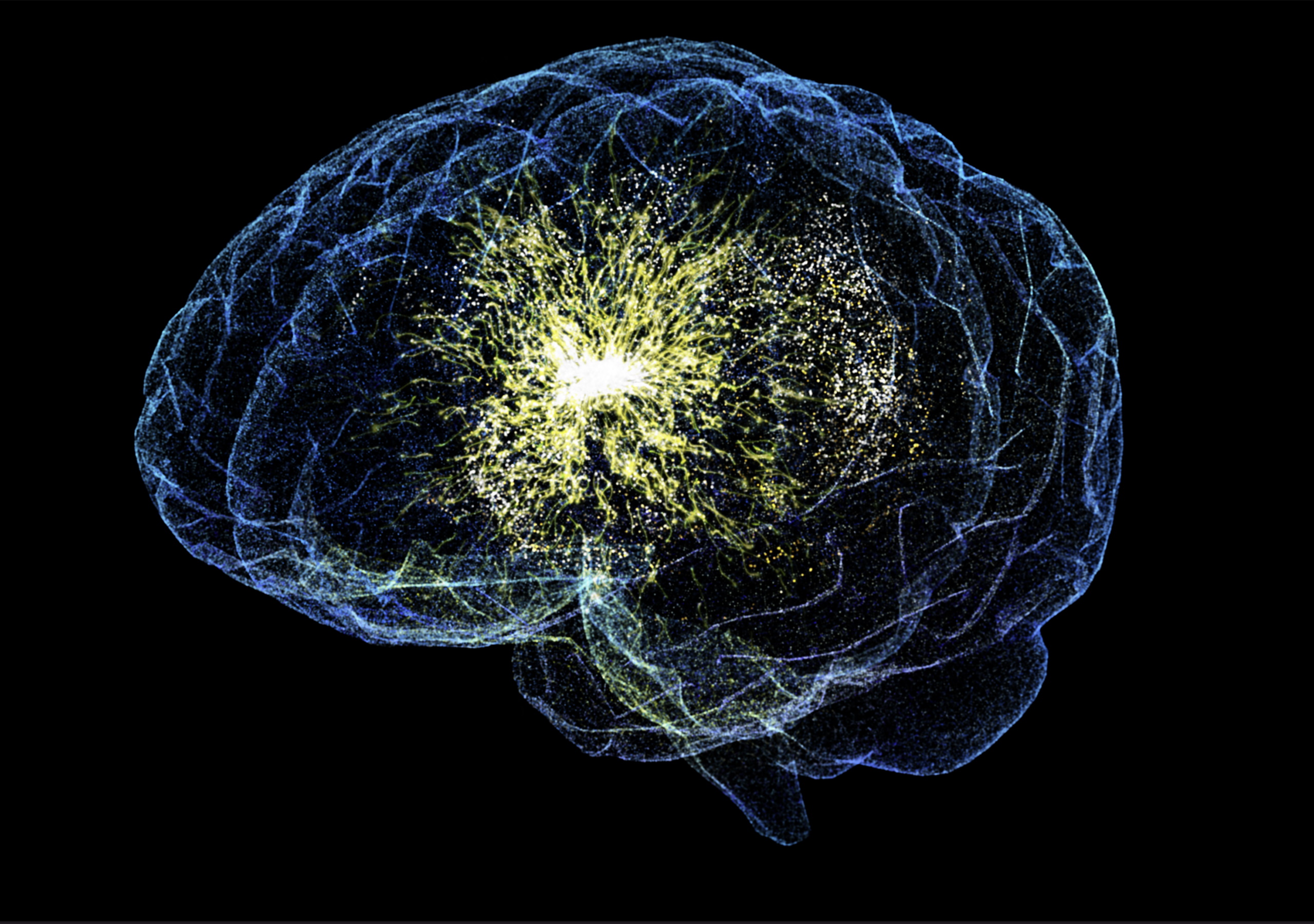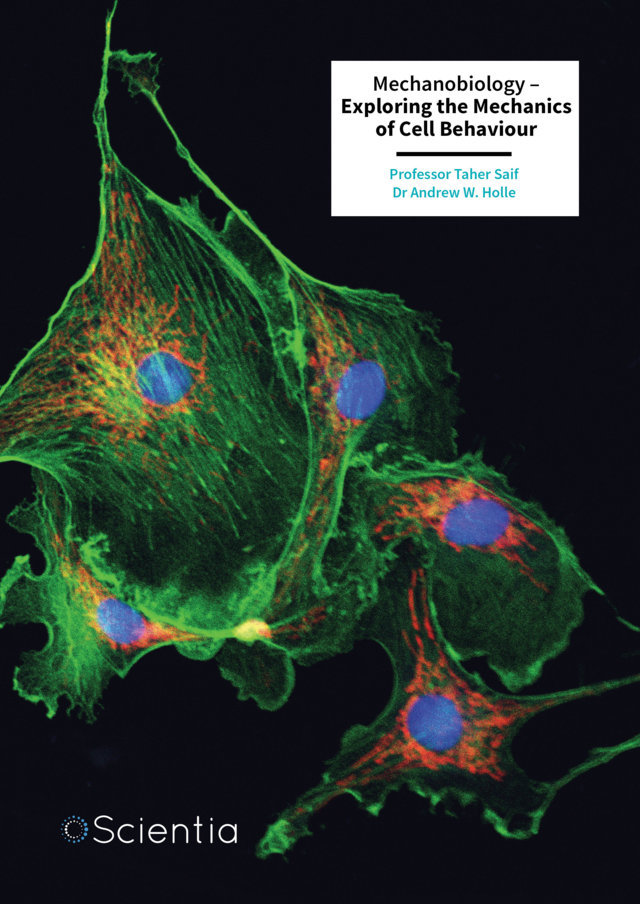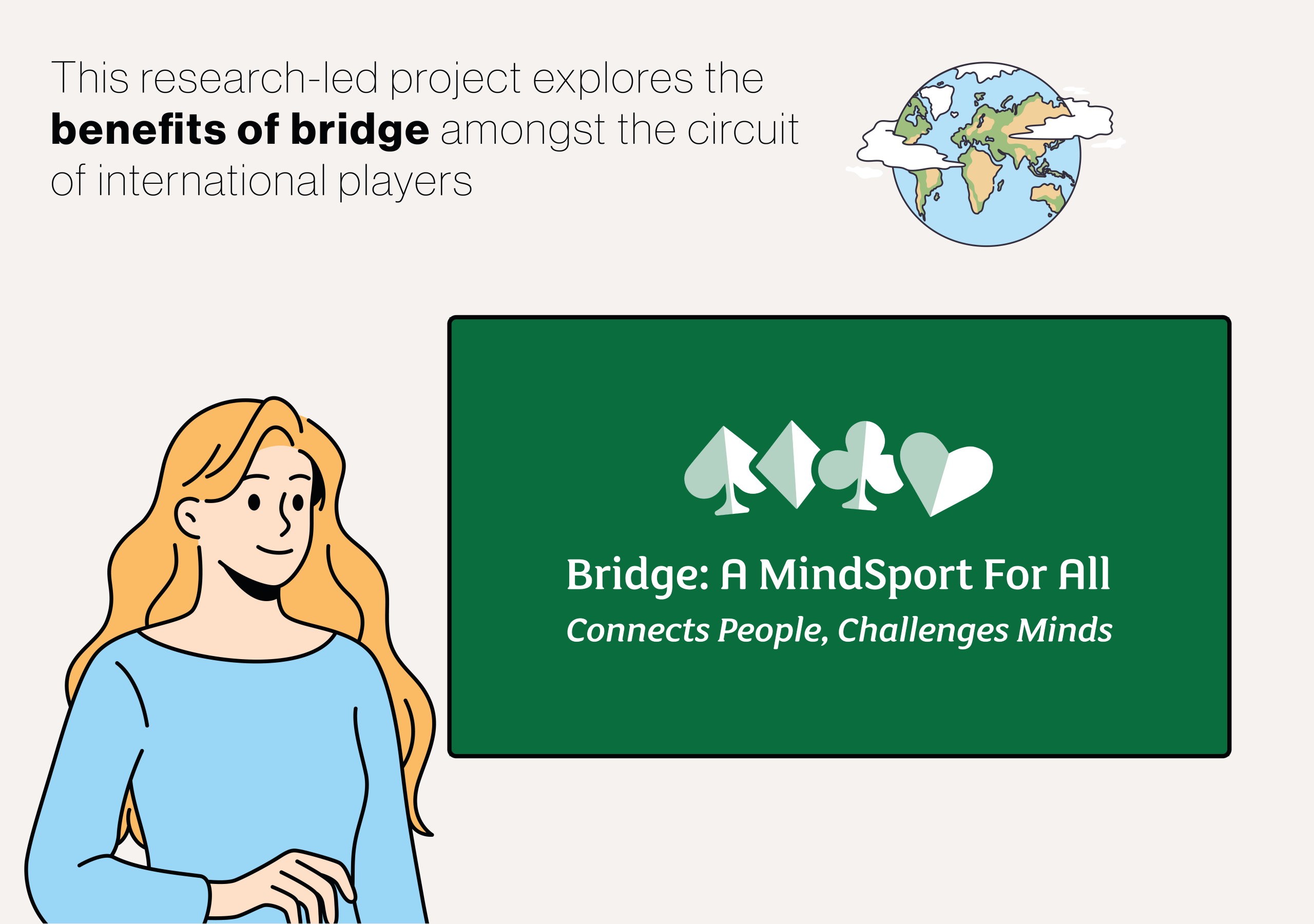Arthropods – a group of invertebrates that includes insects, spiders, centipedes and woodlice – are everywhere, and have inhabited this planet for millions of years. They are found in most habitats on Earth – including our gardens and homes. It is in these built environments that a small number are considered a nuisance when sharing our ‘sacred space’. An even smaller number damage buildings or belongings, eat our food – even feed on us – so we label them… pests! Successful management of pest populations requires an understanding of their specific lifestyles and their requirements for food, water, shelter, breeding sites, and favourable temperatures. A team of entomologists at the University of Georgia recently published a guidebook of more than 100 arthropods found in and around homes in the South-eastern USA.
The incredible success of insects and other arthropods is rooted in a handful of unique characteristics. They have protective armour – the exoskeleton – which makes them less vulnerable to damage. They reproduce quickly and are small, allowing them to hide easily. Many can fly, which gives them the ability to escape predators and move to new environments. Finally, some arthropod species are now tolerant of many insecticides, as these biocides have been relied upon to reduce their pestiferous activities.
Worldwide, there are millions of arthropod species, representing 80% of all known animals. The astonishing number of species hints at the array of different lifestyles they employ. Some arthropods spend their youth swimming in puddles. Others spend their lives underground. Some build giant nests and live in complex societies that farm other insects or fungi.
With such a remarkable array of arthropod lifestyles, it is little wonder that a few of those millions of species can – and will – attempt to share the human living space. A few species have consequences greater than a mere irritation. Some species may enjoy munching on the wood supporting our homes. Others prefer to eat our woollen jumpers, or cereals stored in our cupboards. Mosquitoes, bed bugs, and mites are examples of arthropods that can give painful or itchy bites, cause allergic reactions, spread diseases or cause mental anguish.
Regardless of why certain arthropods are considered pests, managing them involves a good understanding of their lifestyle habits and life-support requirements, to devise an action plan with appropriate interventions. To provide this information to the residents of South-eastern USA, Daniel Suiter, Brian Forschler, Lisa Ames and Richard Hoebeke at the University of Georgia created a detailed pest guide for the region.
Their guide includes information about each of the arthropod species that may be considered pests in and around homes, including how to recognise signs and symptoms of their presence. They emphasise tips to help residents prevent pests before they move in and begin causing problems.
The authors tell us that pest infestations are associated with one or more conditions that promote survival and reproduction of a particular type of arthropod. Three life-support requirements can be assessed to provide information on why pests may be sharing our homes.
The first one is temperature. Like us, arthropods have a suitable temperature range. If conditions are too hot or too cold, they cannot survive and reproduce successfully. Sufficient food and water are also needed. Arthropods have a wide variety of diets and water requirements, which can be used to predict what pest species may favour particular household environments. For example, the thick wooden joists in houses make a delicious meal for termites and some beetle species. Finally, arthropods need shelter, both to hide in for safety and sometimes for housing their young. Even tiny crevices, cracks and gaps can become havens for arthropods thanks to their diminutive size.
Our homes often provide everything pests need to thrive. When these requirements are readily available and accessible, pest problems are more likely to arise. Therefore, by limiting pest access to food, water and shelter in and around the home, many infestations can be prevented or even eliminated. Although every home is different, some precautionary measures are universal.
The authors suggest keeping human and pet foods in sealed containers, and maintaining a clean environment free from spills and food waste. This could help to prevent attracting several species of cockroach and flies that favour our food products and food waste.
Specific locations in and around the home are more likely to become shelter for arthropods. These preferred locations are usually protected from air currents – which can have a drying effect on arthropods. Crawlspaces and spaces inside walls provide hospitable areas for arthropods to hide. Crevices and gaps inside the home, such as behind appliances or cabinets, behind or inside furniture, or between cluttered belongings, can also provide a safe place for pests. Sealing gaps and clearing clutter could therefore reduce the potential sheltering areas for arthropod pests.
Garden features that provide sheltering spaces – such as paving stones, thick mulch, and dense groundcovers – can also harbour potential pests that may then move into the home. The authors suggest keeping all these garden features away from the foundations of the home, to reduce the likelihood of the pests making the move from outside to inside. They suggest that many of these features unintentionally increase and maintain higher moisture levels close to the home when placed alongside it, further increasing encounters with pests.
Excessive and persistent moisture is an important condition for many types of pest infestations to establish. Persistently damp areas may allow fungi and microbes to flourish, providing an abundant food source for many arthropods. For example, drain flies are often found breeding in toilet tanks and bathroom sink drains that have been unused for a while or not thoroughly cleaned. By remedying leaks, condensation, gaps around windows and clogged gutters, homeowners can deter pest species that favour damp conditions.
The team’s guide provides comprehensive information about pest species and preventing infestations in the home. However, sometimes even our best efforts are unsuccessful. They also include practical advice about managing pests after identifying an infestation, including tips on hiring a professional. This comprehensive guidebook has been helping home and business owners in South-eastern USA take the sting out of pest control since 2019, and could provide an example for the creation of similar guides for other regions.







